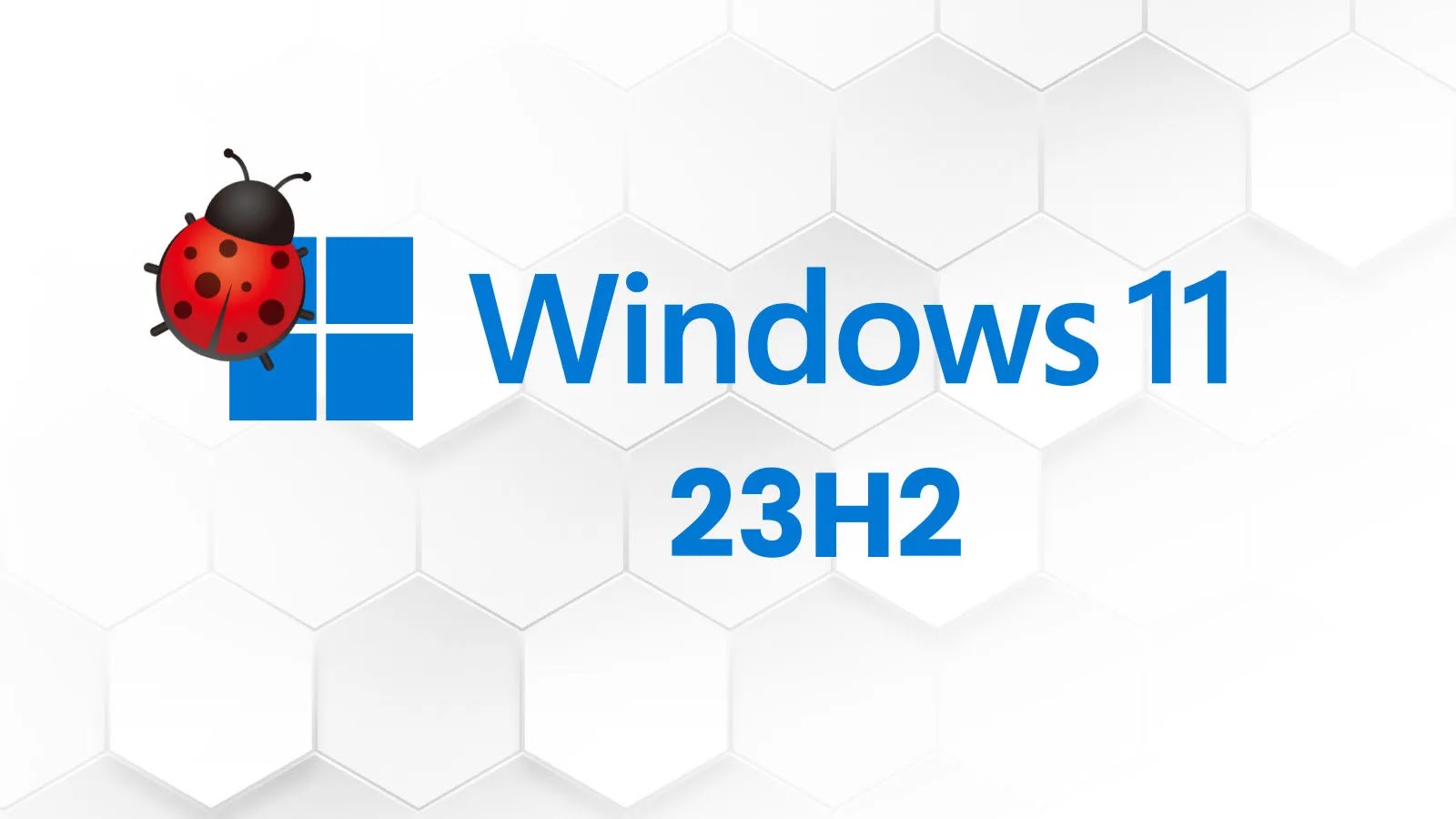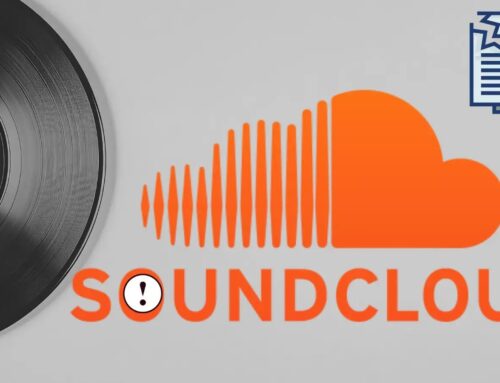
Microsoft Warns Of Windows 11 23H2 Support Ending In 60 Days
In the dynamic landscape of cybersecurity, vigilance is paramount. Microsoft has issued a critical reminder, one that carries significant implications for millions of users: support for Windows 11 version 23H2 Home and Pro editions is slated to end in approximately 60 days. Come November 11, 2025, devices running these versions will cease to receive vital security updates, leaving them exposed to an escalating array of cyber threats. This looming deadline isn’t just a technical detail; it’s a call to action for every user to ensure their digital defenses remain robust.
The Urgency of End-of-Servicing
The term “end-of-servicing” signifies a critical juncture in a software’s lifecycle. For Windows 11 23H2 Home and Pro, it means the cessation of all forms of support, including non-security updates and, most importantly, security patches. After November 11, 2025, any newly discovered vulnerabilities, whether widespread or obscure, will not be addressed by Microsoft for these specific versions. This creates a significant security gap, transforming otherwise stable systems into potential entry points for malicious actors.
Consider the analogy of a rapidly aging lock on your front door. While it might have been secure once, without regular maintenance and upgrades, it eventually becomes ineffective against determined intruders. Similarly, operating systems without ongoing security updates are fertile ground for exploits. Attackers constantly seek new zero-day vulnerabilities and develop sophisticated malware. Without Microsoft’s ongoing vigilance and patching, users of out-of-support versions are essentially operating without adequate protection.
Understanding the Risk: Why Staying Updated Matters
The primary risk associated with running an unsupported operating system version is increased vulnerability to cyberattacks. Cybercriminals meticulously track software lifecycles, identifying and exploiting systems that are no longer receiving patches. These unpatched systems become prime targets for:
- Malware Infections: Viruses, ransomware, spyware, and other malicious software can easily propagate through unpatched vulnerabilities.
- Data Breaches: Attackers can gain unauthorized access to sensitive personal and professional data stored on vulnerable devices.
- System Compromise: Complete control over a device can be achieved, allowing for espionage, data manipulation, or use in botnets for further attacks.
- Ransomware Attacks: Devices running unsupported versions are particularly susceptible to ransomware, leading to data encryption and demands for payment.
While no specific new CVEs have been tied directly to this end-of-support announcement, the risk profile significantly increases. Every month, new vulnerabilities are discovered. For instance, recent critical vulnerabilities like CVE-2024-30078 (Microsoft DWM Core Library Elevation of Privilege Vulnerability) and CVE-2024-30082 (Microsoft OLE Remote Code Execution Vulnerability) would not be patched on an unsupported 23H2 system after the deadline, leaving users exposed.
Remediation Actions: Protecting Your System
The most crucial remediation action for users of Windows 11 23H2 Home and Pro editions is to upgrade to a supported version immediately. Microsoft provides a clear upgrade path, and staying current is straightforward and free for eligible devices.
Here are the actionable steps to take:
- Enable Automatic Updates: The simplest way to ensure you’re on a supported version is to enable Windows Update and allow it to install the latest feature updates. Navigate to
Settings > Windows Updateand ensure “Get the latest updates as soon as they’re available” is toggled on. - Manually Check for Updates: If you prefer to manage updates manually, frequently check for new versions via
Settings > Windows Update > Check for updates. - Verify Your Current Version: To confirm your current Windows 11 version, go to
Settings > System > Aboutand look under “Windows specifications” for the “Version” number. Ensure it is higher than 23H2. - Backup Your Data: Before any major operating system update, always create a full backup of your critical data. This safeguards against unforeseen issues during the upgrade process.
- Hardware Compatibility: Ensure your hardware meets the minimum requirements for the latest Windows 11 versions. While 23H2 users are likely compatible, it’s always good practice to verify.
The Microsoft Lifecycle Policy
Microsoft operates under a clearly defined lifecycle policy for its products, including Windows. This policy specifies how long various versions of Windows will receive support, updates, and service packs. The purpose is to ensure users are on secure, modern platforms that benefit from the latest features and security enhancements. Adhering to these lifecycle dates is not merely a recommendation; it’s a fundamental aspect of maintaining a secure and functional computing environment. Organizations often have strict policies around this, but individual users must also understand and act upon these timelines.
Conclusion
The looming end-of-servicing date for Windows 11 23H2 Home and Pro editions on November 11, 2025, is a significant event that demands immediate attention. Continuing to operate on an unsupported version introduces unacceptable security risks, leaving devices vulnerable to a wide spectrum of cyber threats. Users must prioritize upgrading their systems to a supported Windows 11 version to ensure they continue to receive critical security updates and maintain a resilient digital defense. Proactive action now will safeguard your data and privacy from future compromises.





